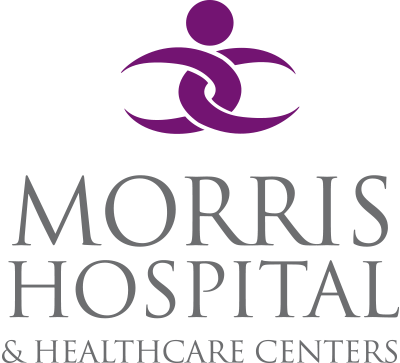What is Nuclear Medicine?
Nuclear Medicine uses a small amount of radioactive material and an imaging machine to display a picture showing the condition of bone or other body organs. The procedure is safe and painless. The radioactive material is introduced into your body orally or through an injection. The exams are useful in viewing bone, gallbladder, heart, liver, thyroid, and other body organs.
Are there any side effects from the Radioactive Material?
Nuclear Medicine procedures are among the safest of diagnostic imaging tests. The amount of radiation involved is comparable to that received during an x-ray. The procedures are painless and do not require anesthetic.
What will the exam be like?
The individual who will perform the study is known as a Nuclear Medicine Technologist, a highly skilled and educated person who works under the supervision of the Radiologist.
A radioactive isotope needs to be introduced into the body. This may be done in several ways:
*Through a needle into a vein (usually the inside of the elbow)
Ingestion (for example, to test the thyroid, the patient swallows a radioactive iodine capsule)
*Subcutaneous injection (under the skin)
*Collecting a patient’s own blood from a vein, adding the radioisotope compound in a laboratory, and then injecting it back into the patient.
After a certain period of time has passed (ranging from minutes, to a few hours, to a day or more), you will be placed on a padded examination table under a scanner called a gamma camera. You will be positioned under the camera as a series of pictures are taken.
It is imperative that you remain still to produce accurate and useful sets of images. The technologist interprets the information as it is transmitted to the computer and can guide the camera to specific locations to improve the imaging.
How will the test feel?
If the isotope is injected, you will feel a pinprick when the needle is inserted, similar to having a blood test. The injection will not make you sleepy, and it will not prevent you from driving.
How do I prepare for the exam?
There are different preparation instructions depending on the type of scan to be performed. You will be informed of what to do to prepare for your exam when you schedule your appointment.
How long will the exam take?
The average imaging time is less than 1 hour, but some studies require more than an hour, and in some cases, more than one visit.
FOLLOWING THE EXAM
As soon as the scans have been reviewed for clarity, you will be allowed to go home. Unless your health care provider advises otherwise, you may resume your normal daily activities and diet immediately after your scan.
EXAM RESULTS
A Radiologist will study the images and a typed report will be sent to your designated health care provider.
SPECIAL NOTE
Women should always inform their health care provider or technologist if there is any possibility that they are pregnant.
If you should have any questions regarding this procedure, please call 815-942-2932 ext. 7130.
